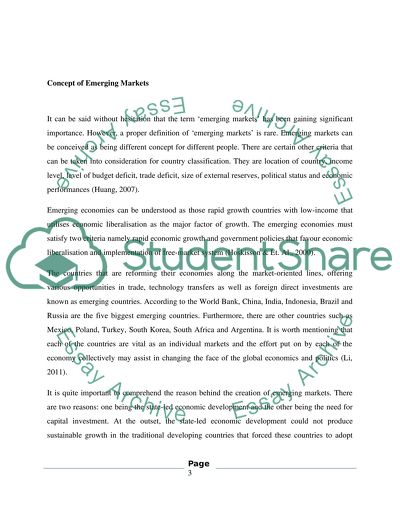Cite this document
(“Compare and contrast the degree of emergence of two current emerging Essay”, n.d.)
Retrieved from https://studentshare.org/environmental-studies/1420179-compare-and-contrast-the-degree-of-emergence-of
Retrieved from https://studentshare.org/environmental-studies/1420179-compare-and-contrast-the-degree-of-emergence-of
(Compare and Contrast the Degree of Emergence of Two Current Emerging Essay)
https://studentshare.org/environmental-studies/1420179-compare-and-contrast-the-degree-of-emergence-of.
https://studentshare.org/environmental-studies/1420179-compare-and-contrast-the-degree-of-emergence-of.
“Compare and Contrast the Degree of Emergence of Two Current Emerging Essay”, n.d. https://studentshare.org/environmental-studies/1420179-compare-and-contrast-the-degree-of-emergence-of.


